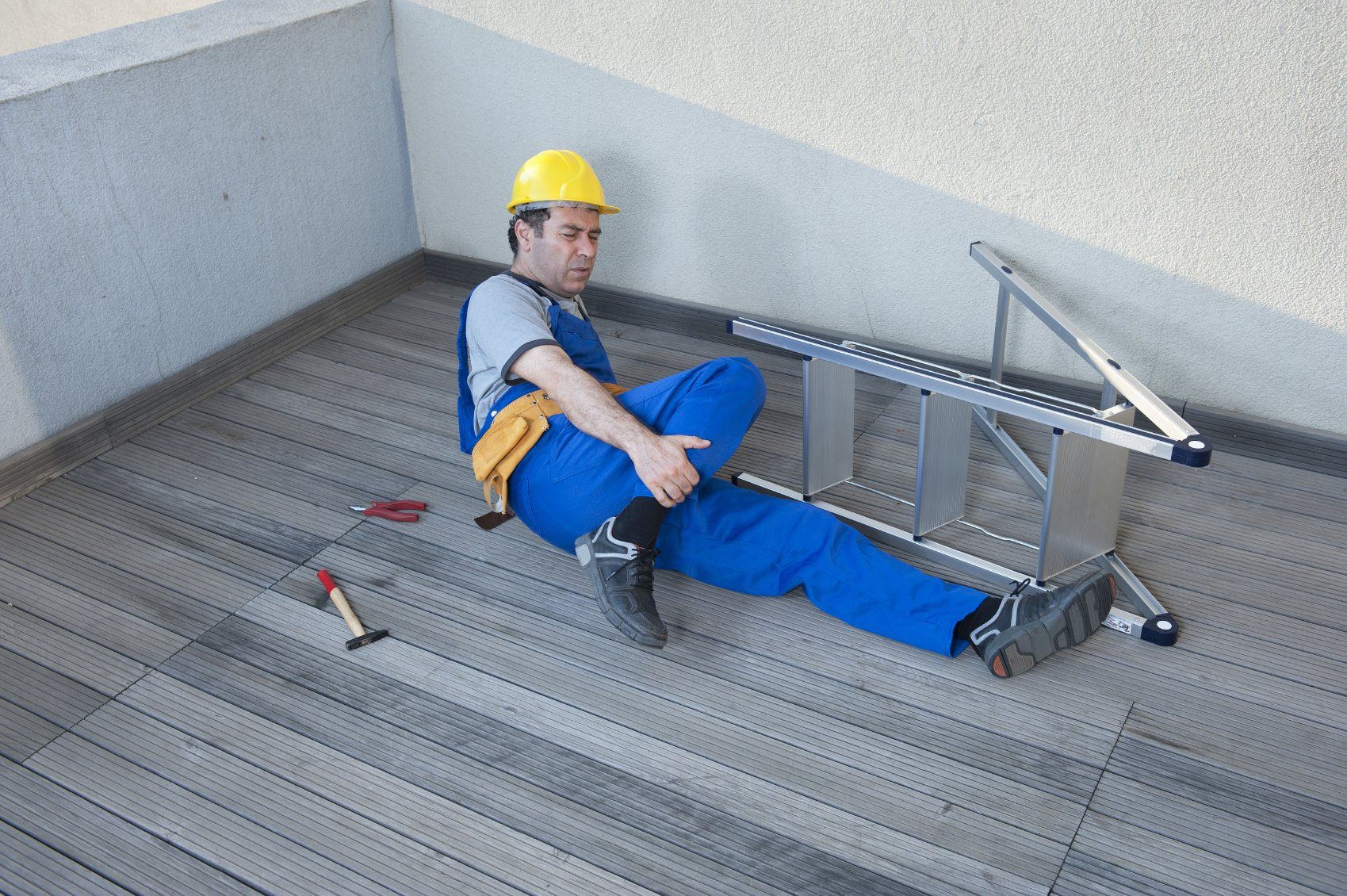MOLD ASSESSMENTS
INDOOR AIR QUALITY
INDUSTRIAL HYGIENE
Often, I’m hired to review other assessors’ work to determine if conclusions are derived from proper, standardized methodologies, interpretations are based on proper models and evidence, and corrective action plans (or recommendations or protocols) are justified by evidence. Sometimes, I’m asked to review responses to other assessors’ reports. In both cases, I am often struck by the number of people who don’t understand what a hazard assessment is and the difference between it and a risk assessment. This became evident as I received comments about a series of blogs that I’m currently in the middle of completing (by assessors, remediators, and building owners/managers). This is why I decided to write this blog. I hope to illustrate (in brief) what a hazard assessment is, what a risk assessment is, and the differences between the two. If you have any questions, please feel free to contact me at jason@gulfcoastiaq.com.
Why do I need a hazard and/or risk assessment?

There is a saying that goes around in my industry and I’m sure you’ve heard it: “an ounce of prevention is worth a pound of cure”. This is certainly the case in any workplace. According to the U.S. Department of Labor Statistics, there were 2.6 million nonfatal workplace accidents and injuries occurring yearly across the nation’s private employment industry (i.e., about 2.8 people out of 100 get injured at work) each year from 2016 – present. And, if that weren’t enough, in 2021, 5,190 U.S. workers died on the job. When broke down, there were about 15 workplace deaths per day across the nation. Of these 15 deaths per day, approximately 3 were construction workers. (Some of you in the mold and soot remediation industries may be asking what this has to do with you, as many don’t associate themselves with the construction industry statistic, but it should be noted that most of the top 10 OSHA violations were general industry related, involving respiratory protection (and programs), faulty fall protection, and poor hazard communication – some of the very things that you deal with every day.)
The key to preventing accidents, injuries, and illnesses is identifying and eliminating hazards. A hazard is a condition or combination of conditions that, if left uncorrected, may lead to an accident, illness, injury, property damage, or worse: death.
Understanding the need to identify, communicate, and address hazards in the workplace, OSHA has dictated standardized requirements for hazard assessment, for example 29 CFR Part 1910.132 includes language such as, “The employer shall assess the workplace to determine if hazards are present, or are likely to be present, which necessitate the use of personal protective equipment (PPE)." The key word “shall” means this is a requirement of every workplace. Failure to perform the necessary hazard and risk assessments, therefore, are a violation of occupational safety and health laws.
What are hazard assessments?

Hazard assessments may be understood as those processes and procedures upon which a “competent person” identifies and predicts hazards in the workplace. (OSHA defines the “competent person” as "one who is capable of identifying existing and predictable hazards in the surroundings or working conditions which are unsanitary, hazardous, or dangerous to employees, and who has authorization to take prompt corrective measures to eliminate them" [29 CFR 1926.32(f)]) This process may include things like (1) a walk-through survey of the work area (that looks for things like potential heat-related hazards, evaluation of products to be used in the workplace and their hazards, the presence and potential exposure to dust, mists, vapors, fumes, ergonomic hazards, etc.), (2) testing, measuring, and documentation of potential hazards (e.g., mold or soot sampling), and (3) planning and communicating all known, potential, or suspect hazards before and during work.
Once the hazards have been identified, the next step is to look at each one and determine which one (or combination of hazards) present a risk of injury, illness, property damage, or worse: death. This last step is called a risk assessment.
What are risk assessments?

To overcome hazards in the workplace questions must be asked, like: “What are the risks?” and “Where are we at risk?” Risk assessment is an analytical method used to (1) analyze the known and potential hazards in the workplace, (2) define the safety (i.e., the probability that harm will not occur under a certain set of conditions) and risk (i.e., the probability that harm will occur) in the workplace, (3) determine the frequency and severity of hazard-related events/conditions, (4) determine the routes of exposure to each hazard, (5) develop a written description of the risk assessment process and findings, (6) provide for a plan for worker protection (e.g., what the appropriate containment barriers and/or air filtration devices are, and what personal protective equipment is needed), and (7) other pertinent information. Upon such analysis and organization, the two questions we asked earlier (“What are the risks?” and “Where are we at risk?”) can be answered, workers (and others who may be impacted by the workplace) can be protected, as well as other desirable safety measures assured.
In conclusion:
As you can see, hazard and risk assessments are not the same thing. They are a part of an overall process that seeks to identify hazards and risks for the purpose of providing for the safety of workers and others who may become negatively impacted by the workplace activities. This process relies on competent persons to assure the known and suspect hazards are identified and risk determined before and during workplace activities. If they are not, we may become one of the statistics earlier discussed. No one wants that.
In a future blog I may share some examples of what prompted me to write this blog. (This one's getting long.) In the meantime, if you have a peer-review request or are dealing with a known or suspected indoor environmental stressor, contact Gulf Coast Center for Indoor Air Quality Services and let’s see how we may best serve you.
E-mail: myiaq@gulfcoastiaq.com
Call Us: 888 762 6322
Gulf Coast IAQ Headquarters
P.O. Box 181138
Tallahassee, FL 32318











All Rights Reserved | Gulf Coast Center for Indoor Air Quality Services LLC